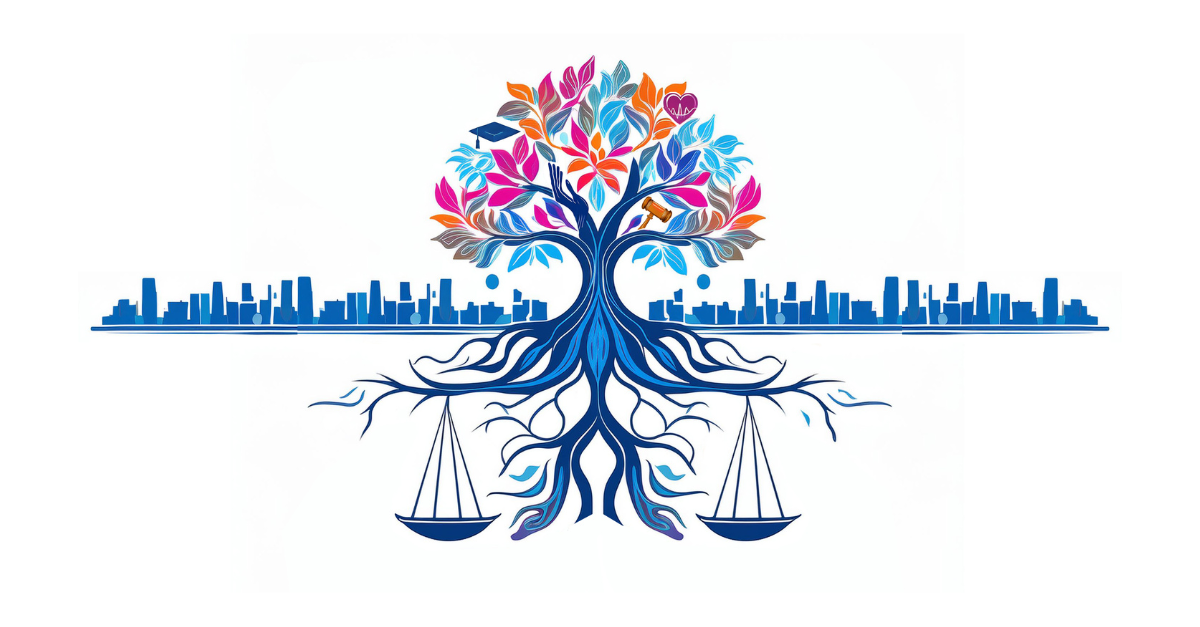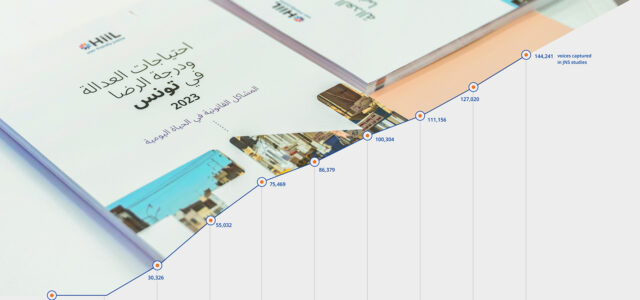
By Martin Gramatikov, Zainab Malik, and Rodrigo Nunez
Most justice systems prioritise caseloads and efficiency over well-being, missing the bigger picture. Our experts argue that justice systems should aim for meaningful outcomes that improve lives, making justice a tool for poverty reduction and social inclusion.
In a recent report, the UN Special Rapporteur on extreme poverty contends that prioritising GDP growth as a strategy for poverty eradication is flawed and advocates for transitioning to a human rights-centred economy. Prof. De Schutter points out the shortcomings of GDP as an indicator of well-being, noting its inability to address social exclusion and environmental stress.
The report calls for recognising the value of unpaid care work, democratising workplaces, sharing employment, countering consumerism, and ensuring universal access to basic services. The Special Rapporteur concludes by urging a post-growth development model focused on human rights and environmental sustainability.
What does the predicament that the philosophy of ‘growthism’ is counterproductive mean for justice and the role of justice systems? And while growth can occur without prioritising human rights, equality, and social inclusion, is this truly desirable?
People-centred justice refers “to a human-centred approach that adopts the perspective of people as a starting point and places people at the core when designing, delivering, implementing and evaluating public policies, services and legal procedures within and beyond the justice system. It considers the perspectives and needs of specific communities, including marginalised, underserved and groups in vulnerable situations”1.
In this debate, PCJ is both an end goal and a method for increasing justice, poverty reduction, and well-being. To illustrate the point, imagine you are the Minister of Justice, the Chief Justice, or the Supreme Judicial Council chairperson in a proverbial country. How do you contribute to the fight against poverty?
Justice services are truly people-centred when they look beyond “case resolved” or “case pending”.
The orthodoxy is that establishing and strengthening institutions that maintain the rule of law (courts, police, central and local public authorities) is the way forward. This view led to an extreme focus on rules and institutions and an acute disregard for the justice users. The consequences are that justice systems fail to guarantee accessibility, equality, prevention and fair resolution of disputes, social order, and stability. The justice gap is more significant than ever. An estimated 5.1 billion people worldwide are deprived of the rule of law.
People-centred justice shifts the gravity of the justice system back to individuals and businesses who need just resolutions in their lives. The Organisation for Economic Cooperation and Development (OECD) gives five concrete directions on how to move towards a people-centred justice system.
- First, the justice system should establish a people-centred purpose and culture.
- Second, design and deliver justice and legal services which are people-centred.
- Third, a sound governance system for people-centred justice should be established.
- Fourth, constantly strive to empower people.
- Fifth, OECD recommends keeping the user in the picture by using data in planning, monitoring and evaluating how the justice systems perform.
HiiL has spent the last 15 years learning about the crucial role of people-centred justice in enhancing well-being. Justice systems do not “see” well-being. Most leaders and service providers are preoccupied with measuring caseloads, backlogs, case clearance rates, disposition times and simple case outputs. The most important metric is whether a case is resolved or is pending. This is easy to measure, but it is like judging a hospital’s performance by the ratio of discharged patients and those still in the hospital. Not to mention that these statistics apply to only around 5% of the justice needs that people experience in their daily lives.
There is a circular reinforcement between well-being and PCJ. Well-being increases when justice is people-centred. On the other hand, well-being is a critical justice outcome dimension and target. Justice services are truly people-centred when they look beyond “case resolved” or “case pending”. Picture the hundreds of thousands of divorce, employment or inheritance cases. Just saying that the case has been resolved tells how the institutions see it.
The flat resolution metric tells us nothing about the well-being of the people and communities engaged. Do the spouses agree on how to continue further? Are the interests of the children protected? How well are parental rights and child support arrangements organised? These questions tell us whether and how the justice system considers the well-being of the users. When this metric becomes central, we can say that justice is people-centred and contributes to the well-being of individuals and communities.
Back to the UN Special Rapporteur on extreme poverty. We can agree that GDP is not the only measure of poverty and well-being. Fairness, security, stable relationships, freedom from fear and many other values that justice protects are integral parts of well-being. Transformative and lasting poverty eradication requires justice centred on the users’ needs, experiences and outcomes. A growing body of justice leaders and practitioners calls this People-centred justice.
- OECD, Recommendation of the Council on Access to Justice and People-Centred Justice Systems (2023). https://legalinstruments.oecd.org/en/instruments/OECD-LEGAL-0498 ↩︎



